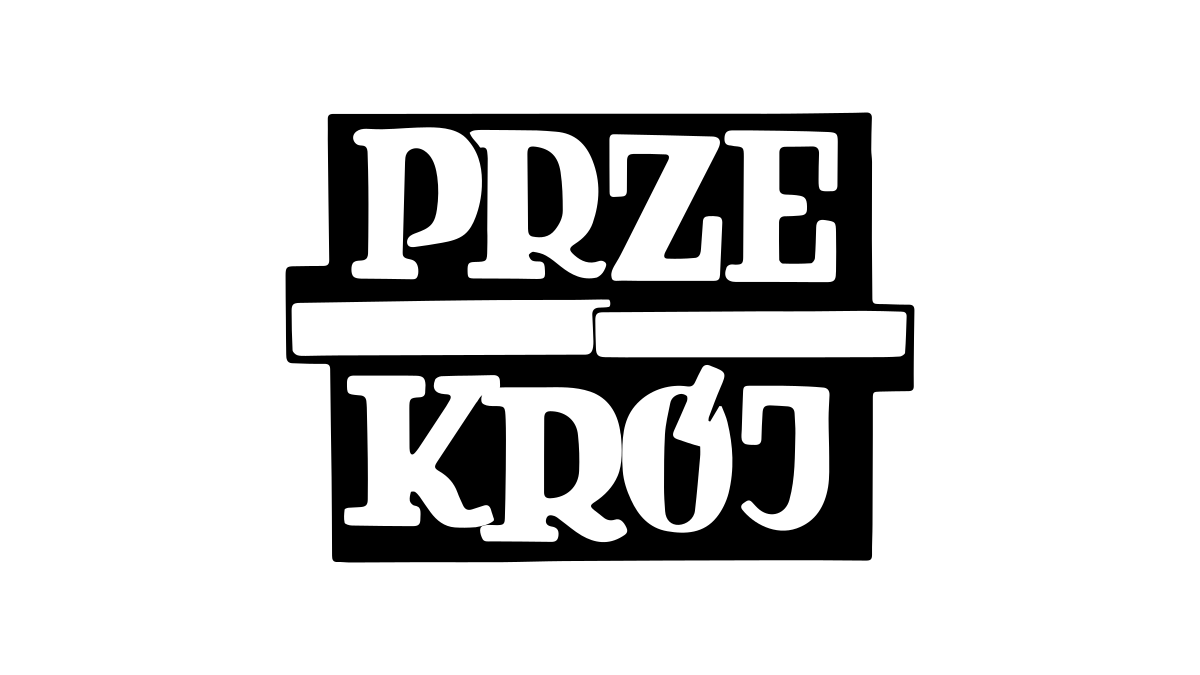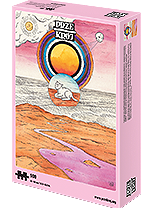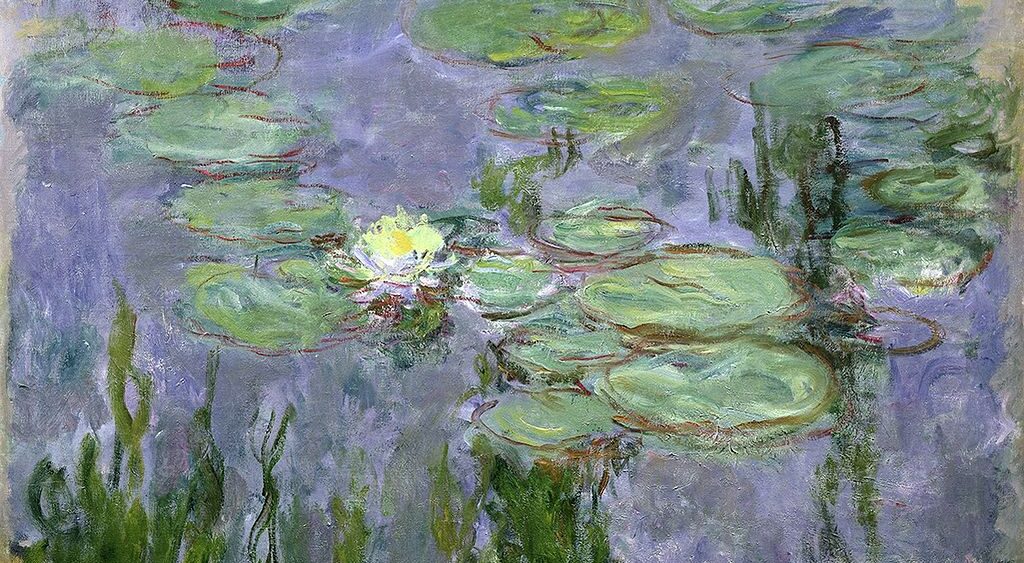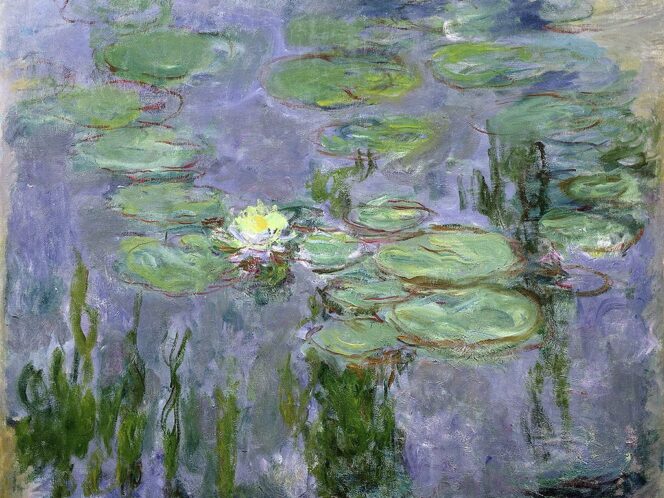
It’s a November evening in Munich and the temperature hovers at a frigid zero degrees. I get off the metro at Königsplatz and walk upwind through a vast square filled with red silk poppies.
This installation, by the German artist Walter Kuhn, commemorates the centennial of the Armistice of Compiègne, which ended World War I. Because it’s so cold and windy, I have difficulty reading the map; there are hardly any passers-by I could ask for directions. It takes me a while to get to the Film School where a discussion featuring Edward St Aubyn and Edward Berger (who directed the recent Patrick Melrose television mini-series) is taking place. My bag is heavy with St Aubyn’s books: the Patrick Melrose novels in both English and Polish, as well as others, including A Clue to the Exit (a story about a terminally-ill screenwriter who, before he dies, decides to explore human consciousness and write a wonderful book, which he does on the Côte d’Azur and in the Moroccan desert); On the Edge (a novel about the search for the meaning of human existence set among a community of New Age spiritual seekers); Lost for Words (describing the behind-the-scenes workings of a literary award that seems to resemble the Booker Prize rather closely). I am also lugging St Aubyn’s latest work, Dunbar, and a novel from






